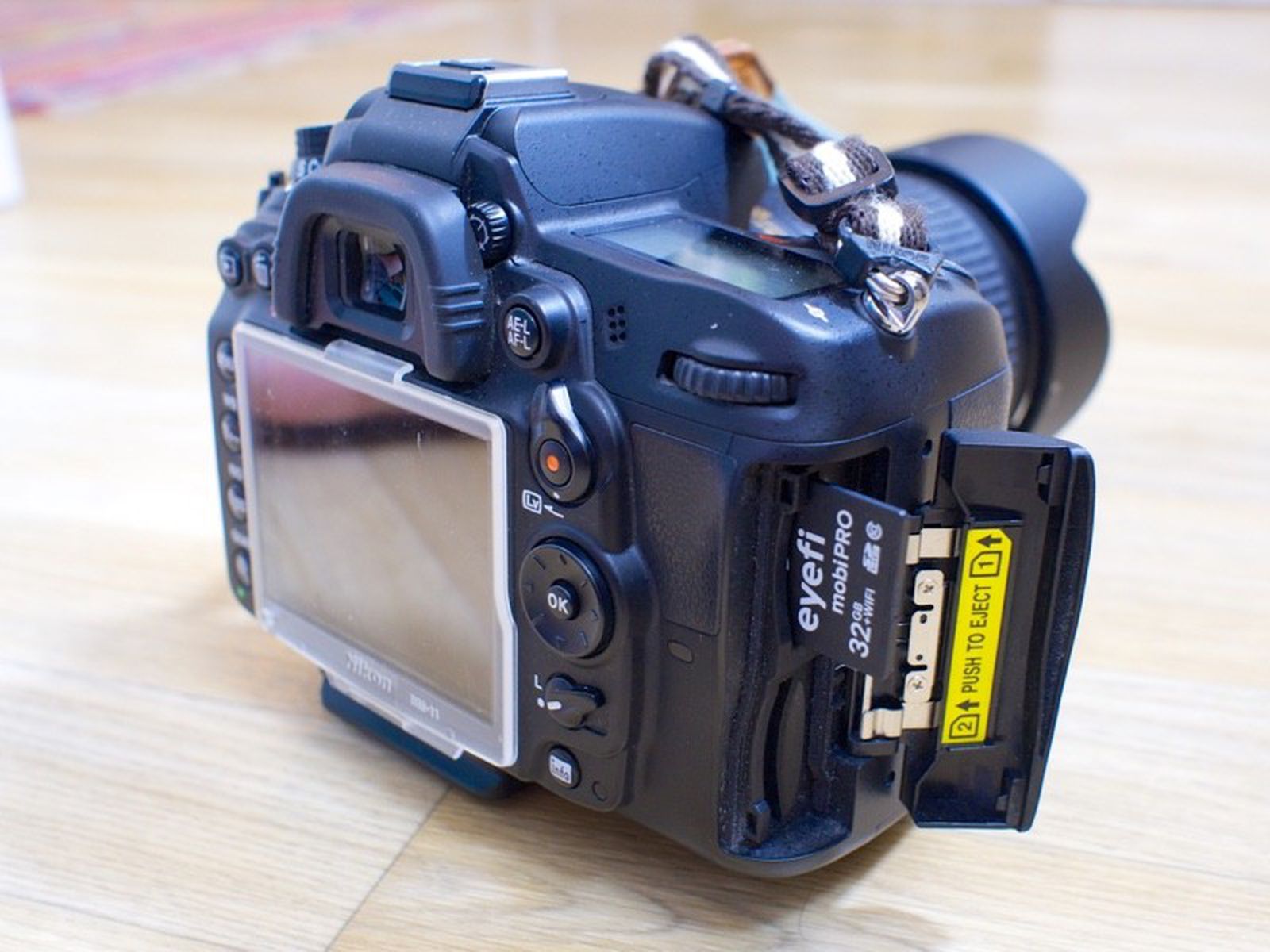
This mode is referred to as 'automatic transfer'.
#What is eye fi software#
Once a device running the Eyefi Mobi software detects the presence of an Eyefi Mobi Card, any new images captured on the Card are automatically sent to the device running the Eyefi Mobi app. The core feature of all Eyefi Cards is the ability to automatically detect when a new image file has been captured on a camera. Eyefi Connected cameras are able to control various functions of the Eye-Fi Cards, including the ability to manually turn the WiFi feature on/off. Approximately 400 models from Canon, Nikon, Sony, Olympus, Casio and others also include Eyefi firmware built into their cameras under the Eye-Fi Connected branding. Since its original creation, Eye-Fi continually released upgraded versions of its hardware products, most recently the Eyefi MobiPro WiFi SD cards available in 16GB and 32GB capacities.Įye-Fi Cards are compatible with virtually all digital cameras manufactured since 2010. Hardware Įye-Fi was originally known for its WiFi enabled SD card ('Cards') product line which began commercial shipments in 2007. The company ceased business in 2016.Įye-Fi offered multiple models that varied in data transfer speed, storage capacity, and the provided software and other services. Using an Eye-Fi card inside a digital camera, one could wirelessly and automatically upload digital photos to a local computer or a mobile device such as a smartphone or tablet computer. Fire up your camera, take a few shots, and the photos magically appear in the specified directory on your Linux machine.An Eye-Fi card for sale in Tokyo, February 2010Įye-Fi was a company based in Mountain View, California, that produced SD memory cards with Wi-Fi capabilities. In the terminal, switch to the eyefiserver directory and execute the following command: python EyeFiServer.py -c DefaultSettings.ini Save the file and your server is ready to go.

Uncomment then the line that starts with DownloadLocation and specify the path to the directory where you want the server to download photos, for example: DownloadLocation=/home/user/Photos Open then the DefaultSettings.ini file and replace the default UploadKey value with your own. Next, grab the latest version of the Eye-Fi server, unpack all files into a directory ( /home/user/eyefiserver). Once you've done that, open the Settings.xml file (on Windows XP, it's located in the C:\Documents and Settings\\Application Data\Eye-Fi directory) and note the UploadKey value.
#What is eye fi install#
On a Windows machine, install the Eye-Fi manager software and use it to configure your Eye-Fi card. This must be done in order to obtain the upload key required for the Eye-Fi server to function properly.
#What is eye fi mac os x#
You do need to have access to a Windows or Mac OS X machine to initialize your Eye-Fi card, though.

Better yet, the server is extremely easy to configure and run. Fortunately, the standalone Eye-Fi server written in Python will happily run on Linux, courtesy of the enterprising hacker Jeff Tchang. The Eye-Fi card is a nifty solution for adding wireless capabilities to virtually any digital camera, but it does have one serious drawback: the card relies on proprietary software that runs only on Windows and Mac OS X.


 0 kommentar(er)
0 kommentar(er)
